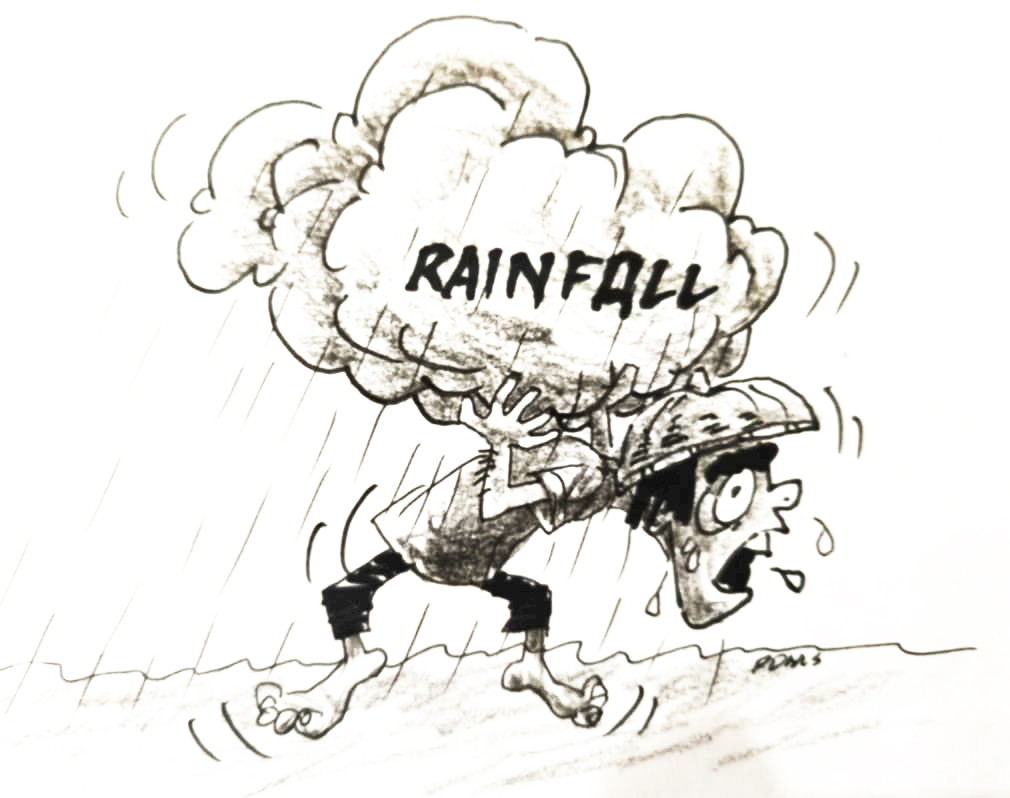The incessant rains battering Eastern Visayas over the past few days are not only a nuisance; they are also a threat to public safety and daily life. The situation demands more attention, particularly from those who reside in low-lying areas and those who have to commute to offices, as overflowing floodwaters further make parts of main roads impassable. Without strong measures and prudence, the effects will only get worse.
Flooding has become an all-too-frequent threat in the area, yet many downplay its dangers. Water-soaked roads do not just get motorists late; they also carry threats of accidents, vehicle breakdowns, and even electrocution from dangling overhead power cables. More seriously, houses constructed along flood zones face risks of destruction, while residents are made to suffer the health risks of water stagnation and poor sanitation. The repeat occurrence of such conditions with each long rain ought by now to have witnessed stronger preventive actions from the authorities and members of the public.
Preparedness against disasters is still frustratingly reactive and not proactive. Local government offices announce warnings only after the floodwaters have already begun to rise, and response activities are short of delivering relief to the flooded communities immediately. Drainage facilities in some areas get clogged or are old, and they cannot contain the growing amount of rainwater. Without instant infrastructure development and regular implementation of flood control strategies, this cycle of flooding and disruption will never end.
The economic impacts are just as grim. Small enterprises incur massive losses as customers and suppliers alike try to drive through water-logged roads. Fields of crops, which are already climate-change susceptible, experience additional destruction as rain surplus sweeps through fields and disrupts harvesting schedules. paycheck-to-paycheck families, and drivers and informal workers especially, are hit hardest with income losses. If this trend is allowed to go unchecked, it will increase the economic exposure of the region and recovery will be tougher.
The state needs to enact stricter zoning regulations to deter more buildings in flood plains and invest in efficient drainage technology that can withstand harsh weather patterns. Citizens need to personally take charge by remaining aware, making contingency planning, and avoiding hasty travel when roads are already hazardous. The worsening climate necessitates individual and communal efforts towards lessening the risks, otherwise the Eastern Visayans would be forever trapped in suffering from the effects of complacency each time the rains persist in refusing to subside.




